Article: 22 Tips From German Kabirski to Start Designing Jewelry Today
22 Tips From German Kabirski to Start Designing Jewelry Today
German Kabirski’s new approach to jewelry design promises to unlock resources and bring more talented designers into the industry

Whether you're looking to create a unique promise ring for the person you love or considering a professional career in the jewelry industry, this article will help you get started right now. You don’t need expensive jewelry tools or equipment to create amazing accessories - it’s all about seeing jewelry art through the eyes of a designer, not just a maker.
We asked German Kabirski, a visionary jewelry designer known for his controversial opinions, to share his advice for beginner jewelers. Here are 22 actionable steps you can take to start designing your own accessories today - without a jewelry making class.

1. Start with Accessible Materials — Your Jewelry Art Isn't Limited to Gold or Silver
If you haven’t figured out how to work with precious metals or natural gemstones like ruby, sapphire, and diamonds, or just don’t have a budget for expensive jewelry making kits, don’t let that stop you. Use what’s around you—maybe you’ve done some craft and a certain material pop as suitable for jewelry making? Modern jewelry design isn’t about using precious metals and natural gemstones to show off wealth or social status like it used to be—it’s about creativity and the personal touch you bring to your statement jewelry pieces. For inspiration, check out Janna Syvänoja or Nel Linssen’s paper jewelry, Raluca Buzura’s ceramic jewelry, or Seulgi Kwon’s silicon jewelry pieces. These designers prove that you can make wearable art from unexpected materials.
2. Know Your Material—Live It and Breathe It
Once you’ve decided on your material for jewelry making, get to know it inside and out. Learn about it not just as a jewelry artist, but also as an engineer, chemist, and a physicist. Understand its properties, potential, limitations, and how it reacts under different conditions. Explore what you can experiment with and how to push its boundaries. The deeper your technical knowledge, the more innovative and creative your jewelry designs will be.
3. No Expensive Equipment Needed—Get Creative with Handcrafted Jewelry
Jewelry-making equipment can cost a fortune. For instance, high-end Neutec jewelry casting machines can run anywhere from $10,000 to $50,000, depending on the model and functionality. If you’re considering a jewelry polishing machine, top brands like Foredom and Durston can cost anywhere between $500 and $2,000. Electroplating systems from companies like Legor or Heimerle + Meule can easily go for $2,000 to $5,000 or more, depending on the setup.
But here’s the tip: you don’t need to invest in all this expensive jewelry equipment right away. Instead, be creative and find ways to replace them with handcrafted techniques, like Polly Wales did with her sand-casted rings that are now an art jewelry trend. Experiment with different approaches and have fun along the way. Be a trendsetter, not a follower, by discovering new ways to work with jewelry materials and tools.
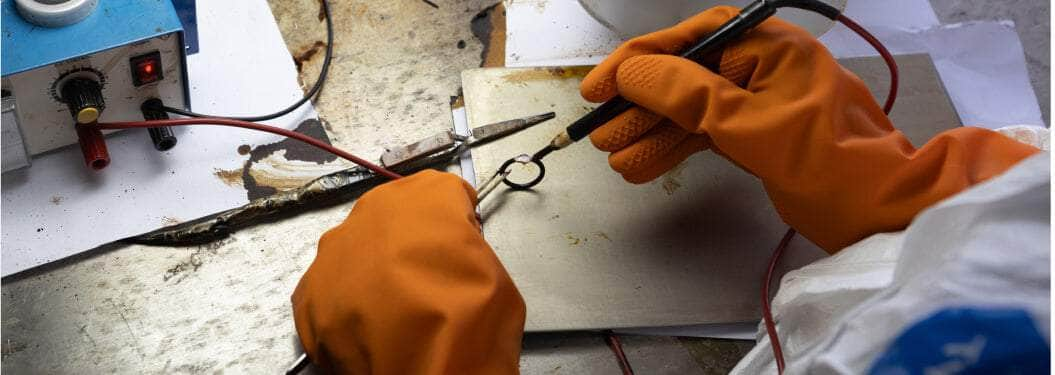
4. Pricey Jewelry Tools? Repurpose Cheaper Alternatives
Jewelry tools like pliers, hammers, and files can be expensive because they’re marketed as professional and just fancy. But you can easily repurpose cheaper versions from brands like Stanley or Irwin—they work just as well and save you a lot of money. The difference can be staggering: professional fancy tools like the Ultimate Nipper can cost around $170, while a simple pair of cutting pliers for jewelry can go for as little as $7. Don’t feel pressured to buy the high-end versions when affordable tools do the job just fine.

5. Study Historical Jewelry for Inspiration
If you think about it, jewelry designers from centuries ago were in the same position you're in—no modern jewelry tools, no high-tech equipment. Yet, they survived, thrived, and created jewelry masterpieces. And so can you. Studying old jewelry techniques and respecting the work of historical jewelers can be a rich source of inspiration.
Being contemporary and innovative doesn’t mean you have to look down on tradition. In fact, tradition is incredible, and it's full of creative potential.
Look at the work of artisans like Peter Carl Fabergé, whose intricate designs and craftsmanship still captivate today, or René Lalique, who revolutionized jewelry with his Art Nouveau creations. Exploring historical jewelry gives you a foundation and a deeper appreciation for the craft—one that you can build on as you carve out your own path.
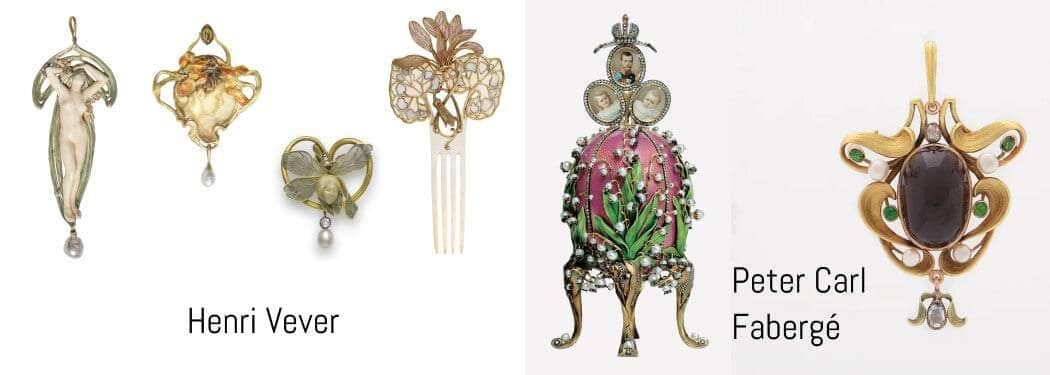
6. Outsource Casting, Setting, Engraving to Other Jewelers — But Ensure They Follow Your Vision
Some things, like filing, stone setting, or plating, can be outsourced to specialists—and trust me, there are plenty of them out there. As a jewelry designer, you might want to focus on the bigger picture and let these pros handle the little details. But too often, a really cool, rough texture I’ve worked on for days has been polished and smoothed out by someone trying to "fix" what they saw as a mistake.
They don’t mean to ruin your work—they’re just used to conventional jewelry standards. So, be clear about what you want and how you want things to look. Otherwise, they might apply their more traditional jewelry vision and “correct” something that you actually intended to be raw and different.
7. Embrace Design Mistakes—They Are Keys to Jewelry Discoveries
It’s tough, but if you want to create something truly original in modern jewelry design, you have to accept imperfections. Perfectionists can make great craftsmen, but often miss out on those creative sparks that come from things not going exactly to plan. Sometimes, mistakes in the jewelry making process are what make a piece look outstanding. They can lead to new ideas and, better yet, they’re often impossible to copy.
Historically, many discoveries have come from mistakes. For instance, when a chrysoberyl accidentally got mixed with white sapphires during heat treatment, the beryllium from the chrysoberyl made the sapphires turn pink. This mistake led to the discovery of beryllium diffusion, which is now a common technique for creating fancy color sapphires. Be mindful of your mistakes—they might lead to something valuable.

8. Look at Other Industries—And Adapt Their Methods for Jewelry
Jewelry designers often get too focused on traditional jewelry methods, and it limits creativity. One of the easiest ways to expand your design horizon is to look beyond the jewelry industry and see what other fields are doing. That’s how I discovered titanium mesh. It’s been used in industries like aerospace, medical devices, and architecture for a while, but not in jewelry design —until I started incorporating it into my mixed metal bracelets and other accessories.
By borrowing techniques and materials from other industries, you can bring something completely new to your designer jewelry pieces and stand out in the crowded world of modern accessories.
The key is to keep an open mind and explore beyond the usual materials and methods.
9. Use Custom Molds to Save Time and Stay Focused on Jewelry Design
If there’s a piece or detail you use a lot in your rings or other jewelry pieces, take the time to create custom molds so you can easily duplicate it later. This way, you’re not getting bogged down making the same little thing over and over when you should be focused on the big picture.
Being a jewelry artist is great, but think like an engineer to make your process efficient. It’ll keep you in the creative flow because nothing kills inspiration like getting distracted by small tasks you’ve already done a hundred times.
10. Find Creative Ideas and Sustainable Materials at Flea Markets
Need a break from routine? Go explore. I love visiting flea markets—they are an endless source of inspiration and a treasure trove for unconventional materials for my jewelry craft. You can find unique, pre-loved items that are perfect for repurposing, like old necklaces or rare materials such as coral, which is the only sustainable way to source it. Reusing these pieces not only gives them a new life but is also an eco-friendly approach to jewelry making.
Too often, jewelers are stuck in their "ivory towers" (speaking of which, you might even come across old ivory at a flea market, but purchasing new ivory for jewelry production is illegal and unethical). They often restrict themselves to only using precious metals like gold and silver and gemstones, like diamonds and rubies but that mindset is so limiting. Flea markets offer access to a wide variety of materials, allowing you to experiment with textures and ideas beyond the usual boundaries of the jewelry world. Don’t overlook the beauty in repurposing and the rich stories old items carry with them.
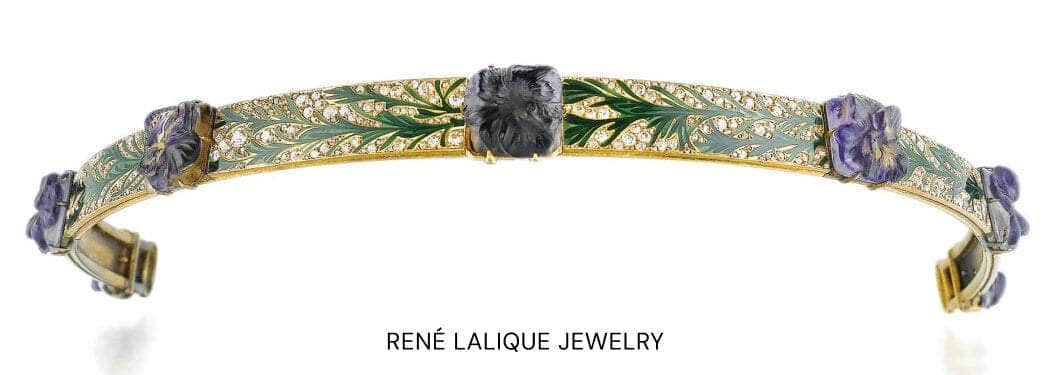
11. Learn the Jewelry Design Rules—Then Break Them
If I gave the impression that you don’t need to know any traditional jewelry techniques to be a good designer, let me correct that. You absolutely do. You need to spend time—lots of time—learning the technical secrets of the jewelry industry. Study all the rules, from classic stone setting to complex metalworking techniques. Look at masters like René Lalique, who pushed enamel work to new artistic heights, or learn about goldsmithing traditions perfected by ancient cultures.
Don’t worship these rules though. Once you've learned them, the real magic happens when you start to break them.
Understanding the jewelry making fundamentals gives you the freedom to experiment and innovate. You can’t break what you don’t know, right?
12. Play on Contrasts in Jewelry Design—Mix Colors, Materials, Textures
Imagine walking down a street filled with uniform houses, all blending into one another. You don’t like the sameness, so you design an otherworldly house that sticks out and breaks the pattern. But what happens if you only ever design houses like that? You end up with another monotonous row, just in a different style.
Here’s one jewelry making trick I’m ready to share: what really makes your work different is contrast. Don’t discard traditional jewelry techniques or familiar materials completely. Instead, place something fresh and unexpected right alongside them. The push and pull between the old and new is what makes your jewelry designs distinctive, bringing out the best in both.
13. Connect Your Jewelry Art to Your Personal Values
We can talk about techniques and tricks all we want, but what truly makes your wearable art pieces yours is authenticity—staying true to your values and beliefs. Design your jewelry in a way that reflects who you are, making it more than just decoration. Let it be an expression of your thoughts and ideas. When your work is deeply personal, it becomes unmistakably yours, and people will immediately recognize it as such. That connection to your own voice and vision is the greatest reward you can achieve as a designer.

14. Don’t Follow Jewelry Trends—or Do?
This ties directly to the idea of authenticity—if you follow modern jewelry trends instead of your vision, you’ll never be truly different. My advice is to forget about what others want when you’re designing a new piece of jewelry; make it about your art and your expression.
Of course, jewelry isn’t entirely free from commercial constraints, and many designers want to make money from their work, too. Following trends can make your pieces easier to sell, but it also means facing a lot more competition. Ultimately, it’s up to you. My personal choice has always been to avoid following fashion trends, and while that path wasn’t always easy, it allowed me to stay true to my vision. You’ll have to decide what works best for you—authenticity or trend-driven jewelry designs.
15. Consider Wearability
This might seem a bit contradictory to the previous advice, but if you want people to wear your jewelry, you need to consider the constraint of wearability. Jewelry, after all, is meant to be worn. Of course, there are many incredible jewelry artists who create stunning designs that I appreciate, even though they aren't wearable at all. It’s up to you to decide where you stand on this.
Either way, thinking about wearability is a valuable exercise. It adds an extra layer of challenge to your jewelry creation process and is what essentially separates design from pure art. Personally, I enjoy this aspect. Even my massive, edgy pieces are designed to be comfortable and wearable—I make it a point to pay special attention to that balance.
16. Speak With Technical Experts and Learn Hands-On Jewelry Making Tricks
You’ll often get more useful insights from professional jewelry makers than from other artists (well, except for my advice here, of course). Skilled jewelry craftsmen and technicians are your best allies, and their expertise is pure gold.
While you may not ever achieve the same level of precision as someone who performs these tasks daily, you can learn a lot from their techniques and tricks. Hands-on knowledge from those who understand the intricacies of materials and processes can elevate your jewelry designs and help you execute your creative ideas with more finesse. Keep an open mind and absorb what they can teach you.
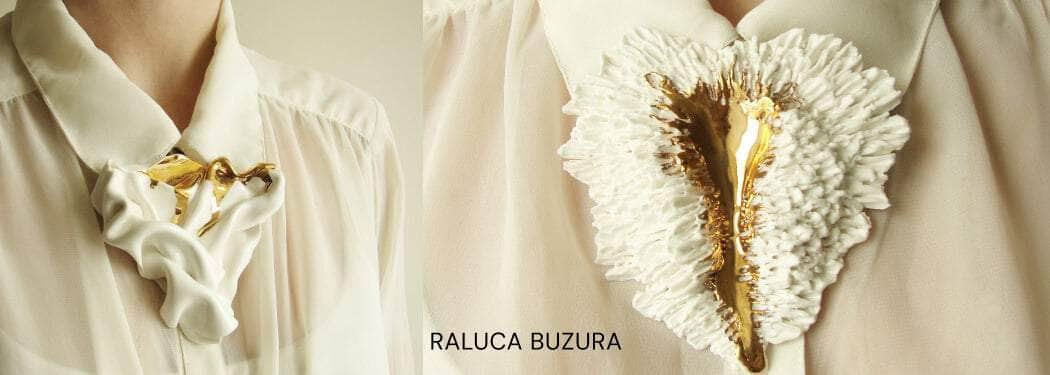
17. Don’t Wait for Inspiration—Work On New Jewelry Designs Every Day
I don’t understand when people talk about inspiration. The truth is, inspiration comes while you're working. Just do the work, and eventually, you’ll catch that creative wave. You have to be immersed in the process of making jewelry to notice when something clicks. For me, it’s all about consistently working, and then—bam—the magic happens.
So, don’t sit around waiting for inspiration to hit. Dive into your jewelry craft, and the ideas will follow.

18. Make the Jewelry Creation Process Enjoyable
If you want to stay consistent, you need to make the jewelry creation process enjoyable.Set up your designer workspace in a way that works for you. For some, it's all about noise and chaos, while others need quiet focus. Whether it’s music, lighting, or just having your favorite drink nearby, find what keeps you energized and comfortable.
Make your workspace a place you actually want to be in. When you enjoy the environment, working every day becomes less of a chore and more of a pleasure.
19. No CAD Software Please, Unless…
Call me old-fashioned, but I prefer working with my hands—not 3D modeling software.For me, the tactile connection with the materials is where the magic happens. I struggleto see how something truly creative can come from CAD software. It often feels like it takes away the spontaneity and limits the organic flow of ideas.
That said, I’m not entirely dismissing it. Maybe there’s a jewelry artist out there who can use 3D modeling creatively and prove me wrong. If you find a way to make it work for you, gofor it.
20. Use Social Media to Connect With Your Community
I’m personally a bit of a loner—many artists are—so social media can be a great way to stay connected with people without feeling overwhelmed. It allows you to engage with your community, find inspiration, and share your work without having to be overly social in person.
You can find almost anything online, and feedback from others can be invaluable. Even if you're fully committed to staying authentic, a little feedback here and there can help, as we’re all social creatures at heart. Social media gives you access to professional jewelers communities, lets you interact with people who actually wear your designs, and even opens up opportunities for design competitions. These are all chances to learn, grow, and improve your jewelry craft.
21. Collaborate. Or Not.
This is one piece of advice that depends entirely on what drives your creativity. If working with others fuels your inspiration, then collaboration can be a fantastic opportunity. You can find collaborators both online and offline, from partnering with a metalsmith to teaming up with a fashion designer or even collaborating with a museum to create wearable art.
Examples of great collaborations include jewelry designers working with textile artists to blend materials or tech innovators who bring new functionality to jewelry. Collaboration opens up new creative avenues and can push you in unexpected directions.
However, if you thrive working solo and prefer to keep your process personal, that’s perfectly fine too. Choose what’s best for you.
22. Don’t Take Yourself Too Seriously—Self-Irony Keeps You Grounded
This is the last piece of advice, but it could easily be the first. Too often, artists and designers become overly proud of their work, soaking up all the praise and admiration from fans. They start to believe they’re some kind of genius. And honestly, I get it—it’s tempting to fall for it. But here’s the danger: when that happens, you stop being an artist.
Once you stop doubting yourself, questioning your work, or pushing boundaries, you end up repeating yourself and become too self-absorbed. Growth halts, and no further development is possible. So, please, stay real. Remember that we’re all just people, and when we stop evolving and seeking new challenges, we die—at least as artists.
A little self-irony and humility goa long way in keeping you grounded and open to growth.

I’ve come up with this random list of 22 pieces of advice (it seemed like the right number for sounding like a pro) because, in many instances, I’ve been asked to open a jewelry school and teach others how to design contemporary art pieces. Honestly, I’m either not old enough or just too lazy for that. But here’s the thing—if you’ve read everything up to here, you’ll notice that the real point is to nurture the seed of creativity inside yourself. And that’s something you can’t do by simply following someone else’s instructions, even the greatest jeweler of all times.
There’s one major benefit to the unconventional approach—even if your jewelry creations don’t ever top the charts, at least you won’t end up as a pale copy of someone else.
Don’t listen to me either. The best designs come when you trust your own instincts. Take what resonates, dump the rest, and let your inner voice speak up.
However, I do appreciate it if you connect and share your thoughts. I’m always open to hear how wrong you think I am. That kind of back-and-forth is far more rewarding than traditional learning. Don’t you agree?

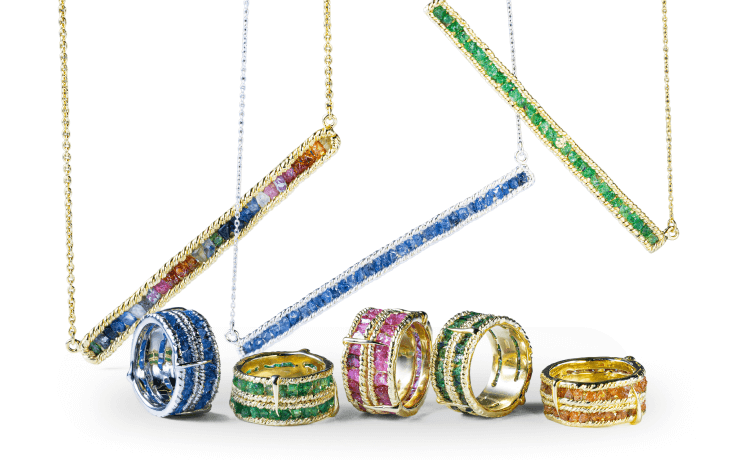

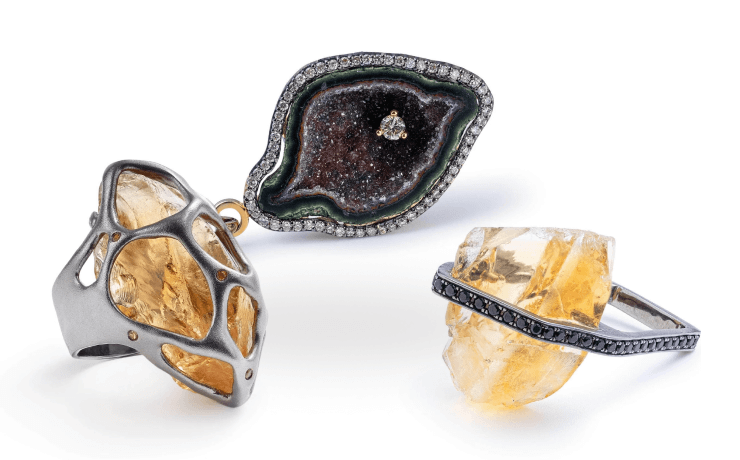

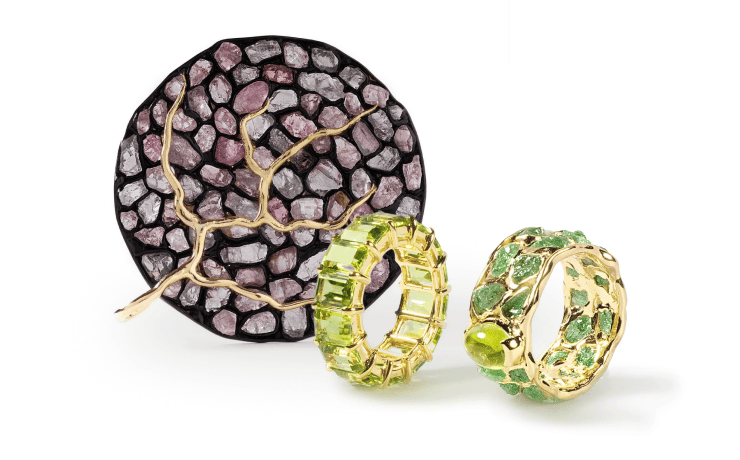
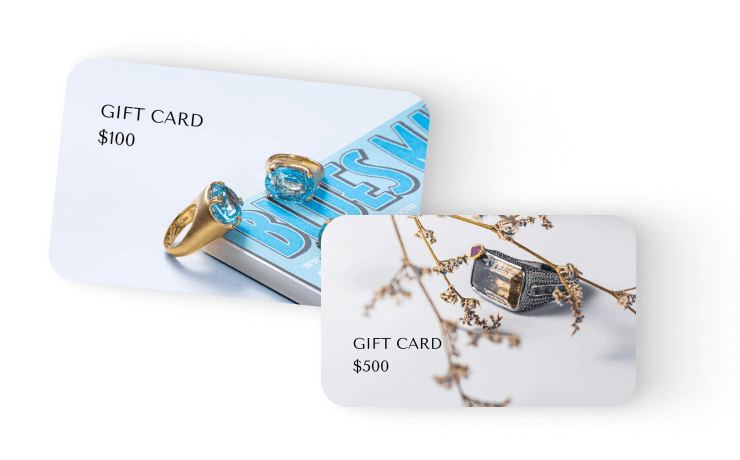
4 comments
Thank you German,you inspired me so much!Very interesting article,and wish your amazing works will appear in Uzbekistan too!
Zavertaylo Julia
“Your work has always been a profound source of inspiration for me. It has truly helped me believe in my own abilities and motivated me to continue pursuing my passion for art and jewelry. Thank you for being such a guiding light!”
Amal Ragab
Very inspiring article! Thank you so much! I needed to hear these words myself.
Tetiana
I absolutely agree with you and I think your advices are useful not only in creating a jewelry but creating anything in general. Thank you so much for sharing! Your jewelry pieces are stunning , looking forward to own a piece of your art.
Adrina
Share your comment